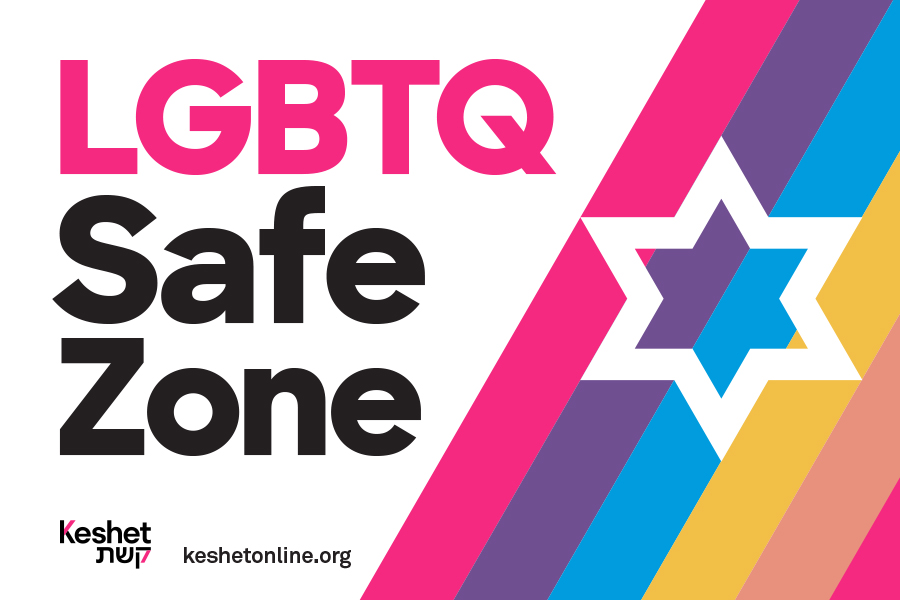Purim, Performance, and Priestly Garments
03/07/2025 03:30:05 PM
Shabbat Shalom! This week’s Torah portion is Parashat Tetzaveh, which talks mostly about the priestly garments. In the modern commentary The Five Books of Miriam, “Our Mothers Warn” that the flamboyancy of the priestly clothing is dangerous, as it calls attention to the wearer and causes others to feel envy. The book then relates a folk legend that hoopoe birds requested golden crowns in exchange for a favor they did for King Solomon. King Solomon warns the birds that this is a foolish request, but they insist and he grants it. Immediately, their crowns mark them as desirable game for hunters, and many hoopoes are killed before the queen of the hoopoes comes back to King Solomon and asks for help. He turns their crowns into the crest of white feathers we see on their heads today.
However, in Torah Queeries, Marla Brettschneider also uses the word “flamboyant” to describe the priests’ clothes described in this week’s parasha, and she frames it as a positive. She concedes that flamboyancy is often associated with excess and has a negative connotation, and that it’s connection with queerness may be stereotypical and thus problematic for some, but she insists that “the flamboyant is a slice of queer life that is real” for her. Further, she draws a connection between the finery of the priests’ clothes and accessories with the concept of hiddur mitzvah, “the beautification of the mitzvah,” the idea that adding aesthetic flare elevates any commandment or ritual. This is why we have beautiful and sometimes elaborate kiddush cups, mezuzot, menorot, Torah covers and accessories, and so on. Why not beautify ourselves as well when we plan to fulfill a mitzvah or engage in a spiritual ritual? “Any boy in the Castro, West Hollywood, or Chelsea knows the rules,” says Brettschneider, “The femme, the butch, and the dyke take up such ablutions religiously.”
Parashat Tetzaveh is always read the Shabbat before Purim, a time to be particularly flamboyant in our clothing choices. In Torah Queeries, Brettschneider continues to talk about the flamboyant “perfomance” of the sacrifices and ordination rituals described in the Torah portion as well. Citing modern queer theory, she talks about how “characteristics and actions that we commonly assume to be ‘natural’ are exposed as constituted through ‘performative’ acts, challenging notions of what is ‘true’ or ‘real’ while simultaneously forging new meanings.” She doesn’t address that this parasha is read for Shabbat Zachor, or draw her own connections directly to Purim, but that quote about queer theory and ritual performance struck me as very much encapsulating what Purim is all about. It is about turning a situation on its head, it is about creating parody and farce in and about a topsy-turvy world, it is about simultaneously masquerading ourselves and exposing who we really are to those around us, and it is about fighting for the right to be ourselves in the place where we are, even when we are a minority and there are those among the majority peoples who want to see us disappear for our differences.
Often, my closing statements and blessings are a call to action we may start working on immediately. You may be familiar with my phrasing, “This Shabbat and forward, may we….” However, since you’re already here and wearing whatever you’re wearing, I can’t very well suggest that “This Shabbat, may we dress in our favorite outfits to beautify the mitzvah.” But I will suggest that next Shabbat, and this Sunday, and next motzei Shabbat/Saturday night, you wear your funkiest 90’s get-up for our Purim theme celebrating thirty years in this building at Ner Shalom. I will suggest that going forward, you think about Shabbat as a time when you are going on a date with the Sabbath Bride, and you may want to look your most authentic for her. That may mean finery or flamboyancy or layers, like for the priests. Or it might mean comfort and self-expression. It will almost definitely be some flavor of gender performance, and might contain hints of class performance, or other subtle identity markers that have become so normalized we have forgotten they are in fact also forms of cultural performance. However it looks, I’m sure it looks good on you, because wearing just the right thing can feel so good, and when you feel good, it shows. May you feel safe, free, and comfortable, and may you feel like you. Amen and Shabbat Shalom.


